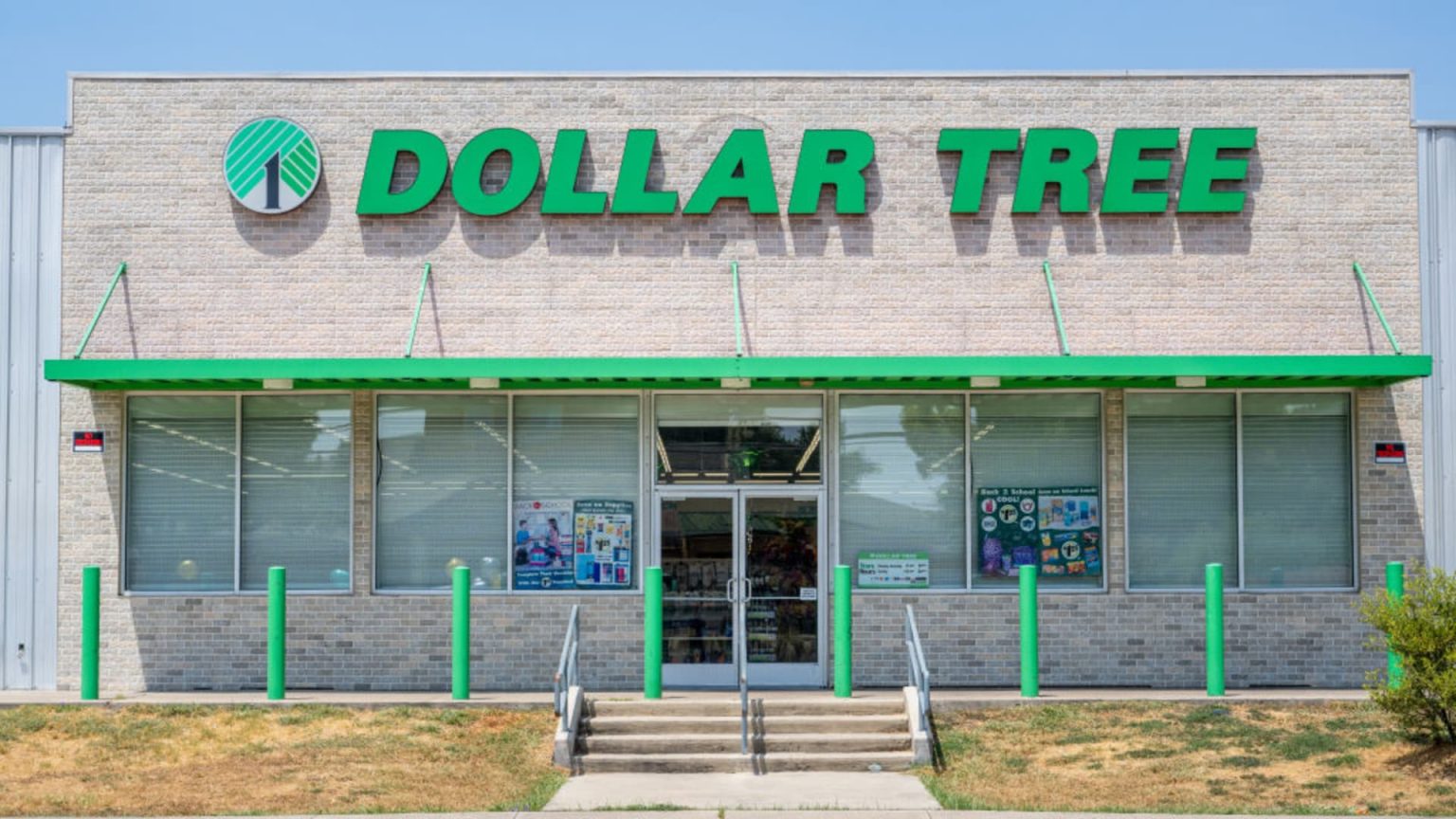In the recent premarket trading session, notable shifts in stock prices were observed across various companies in response to their latest financial reports and external economic factors. Among the biggest decliners, Dollar Tree faced a sharp drop due to a bleak earnings forecast, while Thor Industries experienced a significant rise after exceeding financial expectations. Overall, these stock movements underscore the dynamic nature of the market and the influence of both corporate performance and wider economic conditions.
| Article Subheadings |
|---|
| 1) Dollar Tree’s Declining Forecast |
| 2) Thor Industries’ Positive Earnings Surprise |
| 3) Hewlett Packard Enterprise’s Strong Performance |
| 4) CrowdStrike Faces Revenue Challenges |
| 5) Regulatory Changes Impacting Wells Fargo |
Dollar Tree’s Declining Forecast
The budget retailer Dollar Tree announced a worrying outlook for its earnings per share, projecting a potential decline of up to 50% for the current quarter. This forecast significantly exceeded analysts’ expectations, who had predicted a decline of only 2%. The anticipated drop is attributed to increased cost pressures, specifically stemming from tariffs. Despite the company’s efforts to manage expenses, external economic challenges and the implications of inflation appear to be weighing heavily on its financial projections. As a result, investors reacted sharply, causing the stock price to slide approximately 4% in premarket trading.
Thor Industries’ Positive Earnings Surprise
In a stark contrast to the struggles of some retailers, Thor Industries, a manufacturer of recreational vehicles, reported impressive fiscal third-quarter earnings. The company revealed earnings of $2.53 per share on revenue of $2.89 billion, significantly outperforming the consensus expectations of $1.79 per share in earnings and $2.61 billion in revenue. Thor reaffirmed its full-year guidance, suggesting confidence in sustained financial health amidst an evolving market. This positive report led to a 12% surge in the company’s stock price. Analysts attributed this success to robust demand for RVs as consumers continue to seek outdoor leisure activities.
Hewlett Packard Enterprise’s Strong Performance
Shares of Hewlett Packard Enterprise (HPE) saw an increase of over 7% as the company announced sales and profits surpassing analyst expectations. The data storage and networking solutions provider reported adjusted earnings of 38 cents per share on revenue of $7.63 billion, exceeding consensus estimates of 32 cents per share and $7.45 billion in revenue. Furthermore, HPE raised its profit outlook, signaling a more favorable economic environment than previously anticipated, particularly with a reduced impact from tariffs. These developments indicate not only the company’s adaptability but also its position to leverage opportunities amid changing trade regulations.
CrowdStrike Faces Revenue Challenges
Conversely, cybersecurity company CrowdStrike experienced a downturn, with shares falling approximately 7% after revealing that it expects current-quarter revenue to fall short of analyst predictions. The company forecasted revenues between $1.14 billion and $1.15 billion, below the consensus estimate of $1.16 billion. Despite achieving first-quarter revenue in line with expectations at $1.10 billion, the company’s update suggests concerns about its growth trajectory amidst a competitive cybersecurity landscape. Investors reacted cautiously as they assess CrowdStrike’s future performance in light of these revenue projections.
Regulatory Changes Impacting Wells Fargo
In a positive turn of events for Wells Fargo, the Federal Reserve lifted an asset cap that had been in place since 2018 on the San Francisco-based institution. This regulatory restriction had previously hindered the bank’s growth as it sought to rectify governance and risk management challenges that arose following several controversies. With the removal of this cap, shares of Wells Fargo increased nearly 3%. The decision illustrates a significant shift in regulatory dynamics and offers Wells Fargo a renewed opportunity to expand its operations and market presence.
| No. | Key Points |
|---|---|
| 1 | Dollar Tree faces a projected earnings decline of 50%, alarming investors and leading to a 4% drop in stock price. |
| 2 | Thor Industries reports record earnings, boosting its stock by 12% following positive market reception. |
| 3 | Hewlett Packard Enterprise surpasses expectations, raising its profit outlook and seeing stock gains over 7%. |
| 4 | CrowdStrike expects lower-than-expected revenues, resulting in a 7% decline in its stock price. |
| 5 | Wells Fargo’s asset cap removal allows for potential growth, contributing to a nearly 3% rise in stock price. |
Summary
The fluctuations observed in the stock market reflect a complex interplay between corporate performances and broader economic factors. Companies like Dollar Tree and CrowdStrike are facing significant challenges, while others like Thor Industries and Hewlett Packard Enterprise are demonstrating resilience and growth. These developments highlight the importance of staying informed about market trends and the factors that can influence financial success.
Frequently Asked Questions
Question: Why did Dollar Tree’s stock drop?
Dollar Tree’s stock declined due to a projected earnings per share drop of up to 50% for the current quarter, which alarmed investors and contrasted sharply with analysts’ expectations of only a 2% decline.
Question: What factors contributed to Thor Industries’ strong performance?
Thor Industries attributed its robust performance to increased demand for recreational vehicles as consumers continue to seek outdoor leisure experiences, resulting in earnings that surpassed expectations.
Question: What impact did the Federal Reserve’s decision have on Wells Fargo?
The Federal Reserve’s decision to lift an asset cap allowed Wells Fargo to expand its operations, leading to a nearly 3% increase in its stock price, signaling a positive shift in regulatory dynamics for the bank.


